When do you first remember thinking of yourself as a designer/artist? How did you end up doing what you do today?
Emily Gobeille I think for me, when I was quite young. My mom is also an artist, so I think I saw that it was something that you can do. I remember there was a time when she asked my sister if she wanted to be an artist and she said no, she wanted to make money, and I said, “I want to be a starving artist”.
Theo Watson I think in terms of the work we do, we sometimes feel like we are somewhere in between the role of a designer and the role of an artist, because some of what we are doing is very practical and really has to kind of make sense, and other things we do are completely ridiculous just for the concept itself and for our own enjoyment in the process. We are kind of trained in it, the background and the designs, but at the same time, some of the stuff we do and the reasoning behind it is more like artists would do things.
What excites you about being a designer/artist? Why do you keep doing it?
Emily I think just having fun and making playful spaces. Things that we enjoy playing with and make ourselves crack up.
Theo It’s moments like when we are sketching out on the back of a beer coaster in a café somewhere, just a little idea that we sort of come up with. And then that feeling two or three minutes later when you actually see it in front of you and it’s the real thing. That sort of feeling is really addictive to actually go from a concept to that thing being exactly it or better than you imagined it would be.
What do you think is your most important skill, and why?
Emily The ideas. The concept development. But that’s a tough one; you kind of need a full range of skills in order to actually make things happen.
Theo I think it’s definitely the ideas in combination with having this kind of slightly insane belief that no matter how crazy the idea is, there’s a way to make it happen. Often people worry too much about whether something is possible or not. For us, the biggest challenge and the most fun part of our work is to have that crazy idea and then try and figure out how to do it. So far, nothing that we’ve come up with we haven’t been able to make, that gives us more confidence to go through with it.
Emily I think we usually start, like Theo said, at a bar or at a café, on paper, or just through conversation. So it’s not like we are really thinking about things from, “Oh, here is this new piece of equipment that came out. What can we make with it?” It really starts through just talking together.
Tell us about the community you're working in.
Theo The main community that we are involved in is the OpenFrameworks community. OpenFrameworks is a tool for creative coding and C++. What’s kind of nice about it is that there are a lot of people who are trying to solve some of the problems we have. There are people who are using it for research, but there are also people using it for art and artistic practice. Often it kind of works both ways. We often contribute code and things we’ve learned through the community, and at other times the community really contributes back to the projects that we’re making. There will be this moment where, “Oh, we need to do this,” and then we’re like, “Oh, I remember someone just posted an add-in for that a couple of days ago, and there’s this other add-in.” Essentially, they’ve saved us weeks of work because I can just quickly hook these things up that someone else has generously given back to the community. So it’s definitely a dialogue, and there is a very tight coupling between the tools that we use and the work that we make. They definitely feed back into each other, and that is definitely part of this bigger community.
In what ways does working within a community influence your work?
Emily I think it’s hard not to be influenced by the people that you are around and the things that you’re seeing.
Theo Sometimes we are like, “Damn it, that’s a really good project. I wish we had thought of that!” I think in that way it pushes us further. It pushes us further because I’m seeing what other people are doing and seeing that things that we might have thought were hard are actually maybe not as hard as we thought, because other people seem to be able to do them. All of that just helps give us more energy and more drive to go forward.
I think there’s also a little bit of a sense of competition, a kind of healthy competition within the community in the sense that everyone wants to come out with something that surprises everyone else. That part of it is quite fun, because I think it also helps push everyone a little bit further. It kind of forces us to raise our game a little bit.
Emily I don’t agree with that. Well, for at least the way that I work. I definitely don’t like that whole competitive thing.
Theo That’s okay…
Emily We operate differently.
What role does collaboration with others play for your projects?
Emily It’s highly collaborative. We’re kind of overlapping. It’s not like Theo does one part and I do another.
Theo It’s really a dialogue back and forth. For a typical project, Emily and I will brainstorm some ideas. Then we will start prototyping a little bit and exploring those ideas practically, and at that point it’s really a back and forth process. I will be like, “I’ll hook some ink up”, and then Emily will say, “try this.” There will be some stuff which will be much easier for Emily to design than it is for me to do in code, and vice-versa. Sometimes there’s problematic stuff that I can give to Emily and she can use and give back to me. Once we get started it’s really a continual collaborative process. I think towards the end we’re collaboratively playing and testing the system. I think everything that we do is quite feedback-driven.
Is it mostly a collaboration between the two of you or do you also collaborate with others?
Theo Oh, definitely with others. Depending on the projects, we’ll work with other people and as we progressively start doing bigger projects, we’ll have to hire people to work on things. I guess it’s a little bit of like a community thing, because there are often things that we will ask our friends, “Do you know how to do this?”
What do you wish to achieve with your work?
Emily I want to give people a sense of wonder and delight and surprising them and playing with their expectations and giving them spaces where they can explore and create their own stories.
Theo I would say clearly just transforming space, and really getting people’s curiosity and imagination flowing. I think also seeing how people use this stuff, and then learn from that so that we can and put it back into our work.
What do you think you can actually achieve with your work, where are the limitations?
Theo Some of the stuff that we would love to able to do, like doing projections in the daytime outside, are not possible because of the lighting conditions and that is always a little bit frustrating. But I think there’s been a fair amount of stuff where we have been surprised that we have been able to achieve what we thought might not work and that gives you this slightly false confidence, like “Nothing’s impossible, we can do that.”
I think it’s good to have this “anything is possible” attitude because you can really surprise people and also do stuff that surprises yourself. In a way, the limitations that we run up against are a good thing because having these sets of limitations helps us focus creatively on more creative solutions to the limitations that we deal with.
Emily I definitely have some ideas in my head that I’m saving until … yeah, it’ll be fun!
Do you see any limitations in regards to the people who are interacting with your work?
Theo Some of our work is designed for children or mainly designed to be used by children, and I think we have seen in some cases that adults are not as willing to be curious and explore a space as children are.
Emily They’ll ask, “Am I doing it right?” where it’s really just about jumping in and exploring.
Theo I think if you had some sort of interactive wall or interactive floor it was sort of magic or a little bit Voodoo five or ten years ago. Now it’s like, “Oh, I absolutely know what that is,” and it’s kind of funny to see how quickly people are learning. With what we’re doing we always want to surprise people, it forces us to change our approach and not just do the same thing over and over again.
Emily Which is nice also.
Theo I think in some ways we’re not really aiming for the things we’re doing to be the most inclusive things ever. If we are happy with how it feels and if it has the right energy, we would just rather that people felt comfortable playing with it or experiencing it. We don’t want to dumb it down for the masses.
How has your work changed over the years? How did your goals change?
Emily When I now look back at things that I’ve designed even a few years ago, I don’t think I’m capable to design that way anymore. I’m just not in the same head space and I sometimes think, “How did I do that?” I think that we are definitely constantly changing.
Theo I think we’re both in some ways learning more complex stuff, but at the same time learning to try and be more simple as well. This sort of balance of complexity and simplicity really makes sense for interactive work.
Did your goals evolve over time as well?
Theo I think they’ve always been. Our goals are quite open ended in a way which is just to make stuff that we are excited about. And that actually changes over time. I think of a lot of the work that we do draws its inspiration from nature because nature is just vastly complex and it has so many aspects to it. I think that’s something that we will never really get bored of. I think we’ll never get to learn as much as we would like to be able to learn.
If you had the chance to tackle a really big problem our society is confronted with, what would it be?
Theo The first thing that popped into my head is really how people experience space and both how people experience space in terms of inside buildings and also how people experience space in terms of a city or urban planning aspect. I’m really convinced that architecture has a massive responsibility towards the way that it actually affects the people who are growing up in that space. I think it has a huge potential to trigger imagination, to actually even change our daily interactions with people and each other. I would love to see more effort put into thinking about architecture from an education end to sort of spring an elemental perspective. I’m not sure if that is a problem that we’ll be able to solve, but in some ways that’s what we are doing, working on a slightly smaller scale where we’re trying to transform just small – not huge – spaces, where we just transform one or two areas and kind of give people this idea that spaces don’t have to be these static environments, and that there are ways in which we can explore spaces more dynamically.
Emily That was a good one.
Theo When I find architects, I always kind of sit them down and try and lecture them about their responsibilities because I want other people to solve that problem.

